Шрифт:
-
+
Закладка:
Сделать
Перейти на страницу:
Монография посвящена реконструкции биографии и обзору письменного наследия спорной фигуры мировой истории — последнего митрополита, поставленного на Русь греками, Исидора Киевского. Его жизнь была связана с Византийской империей, Древней Русью и латинским Западом и везде он занимал значимое положение, оказывая влияние на ключевые события истории. Получив прекрасное классическое образование, он оставил после себя несколько десятков сочинений, созданных в разных жанрах и свидетельствующих о большой эрудиции и таланте их автора. Митрополит Исидор Киевский на Ферраро-Флорентийском Соборе подписал унию, пропагандировал ее на подвластных ему территориях и умер в Риме кардиналом Католической Церкви.
Перейти на страницу:
Еще книги автора «Сергей Юрьевич Акишин»:
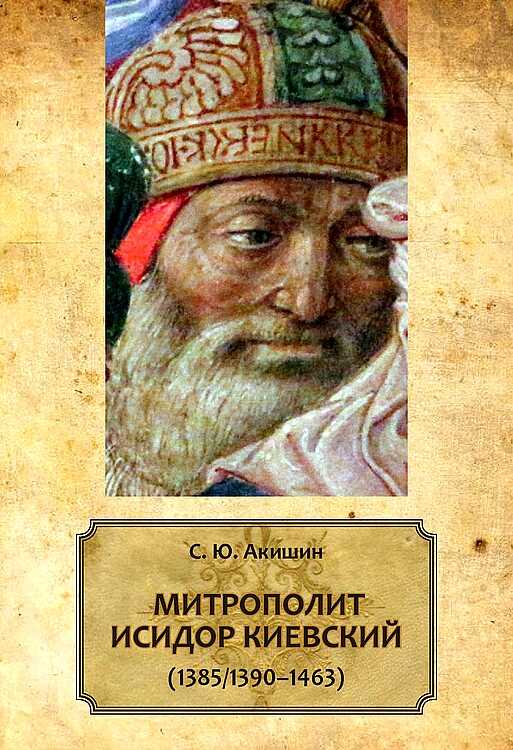
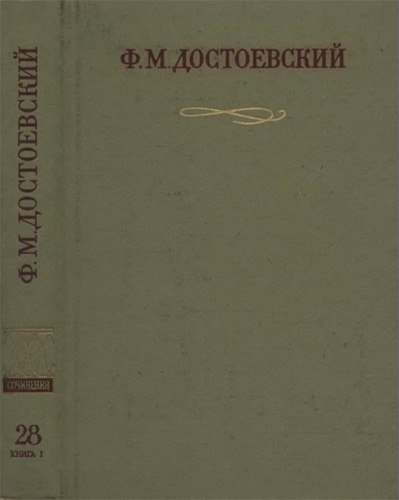
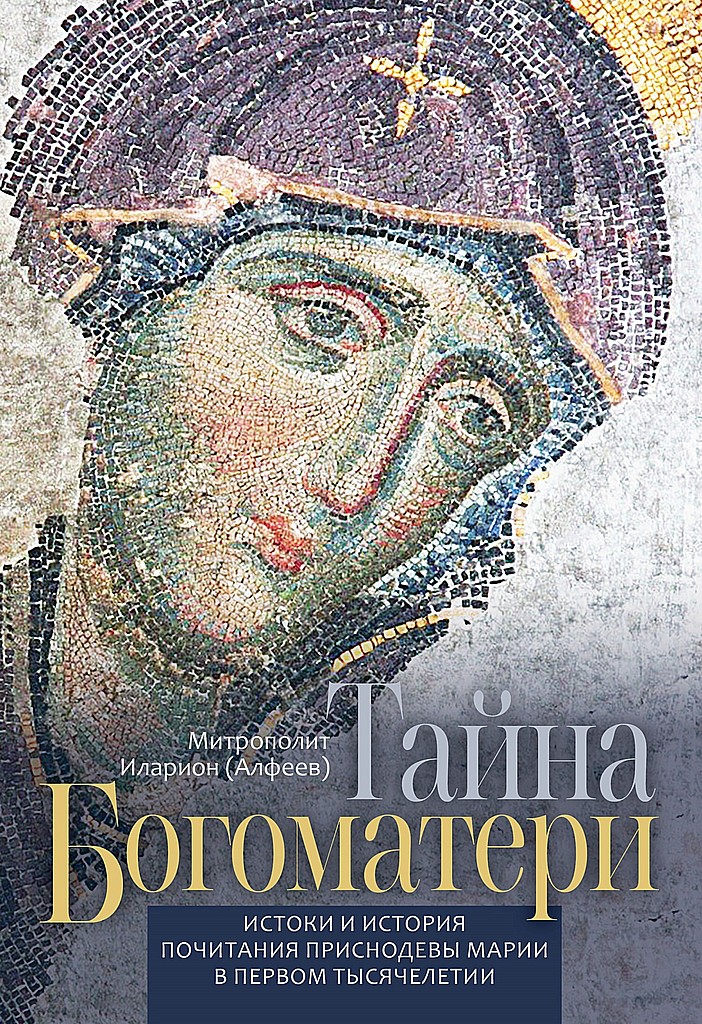
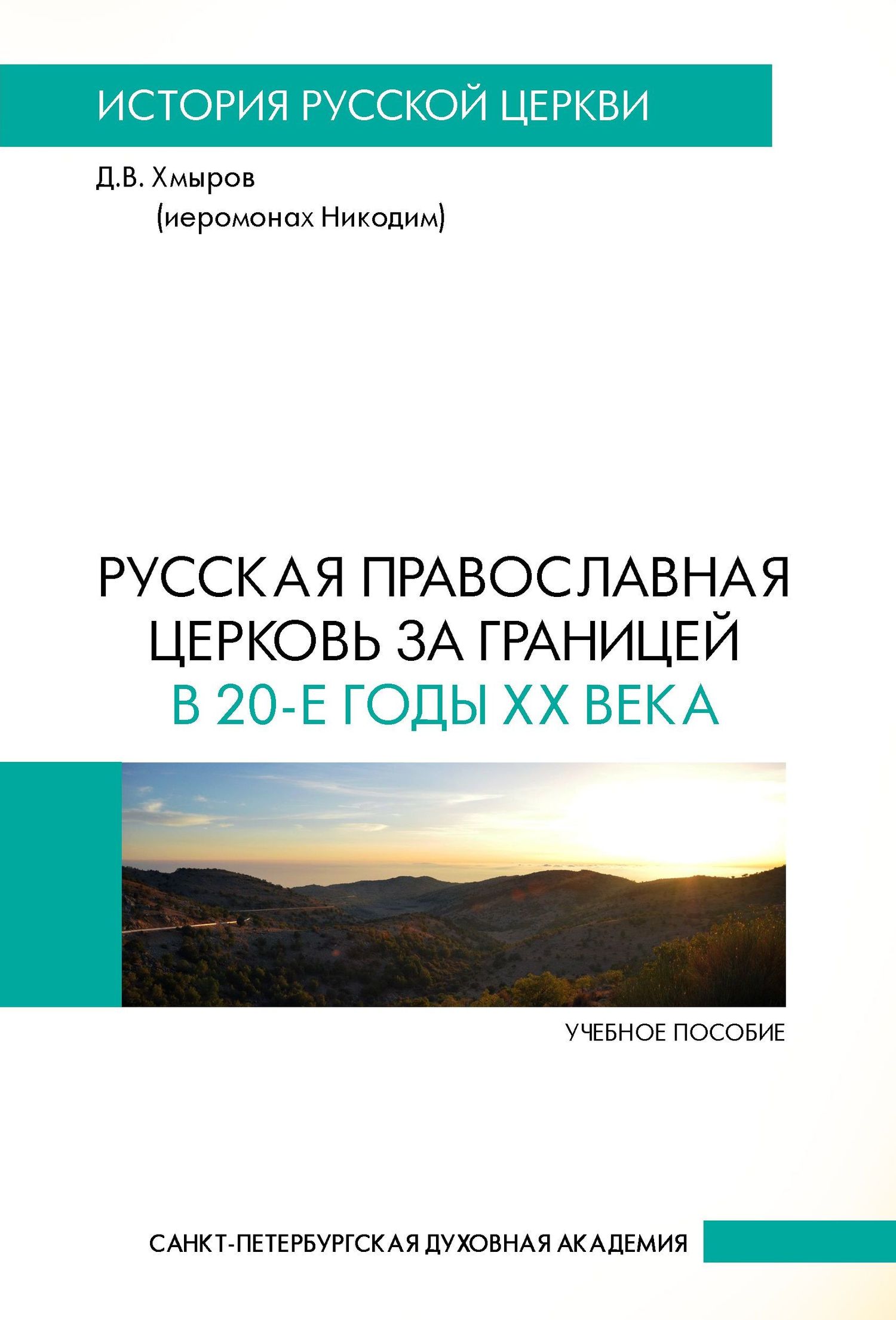
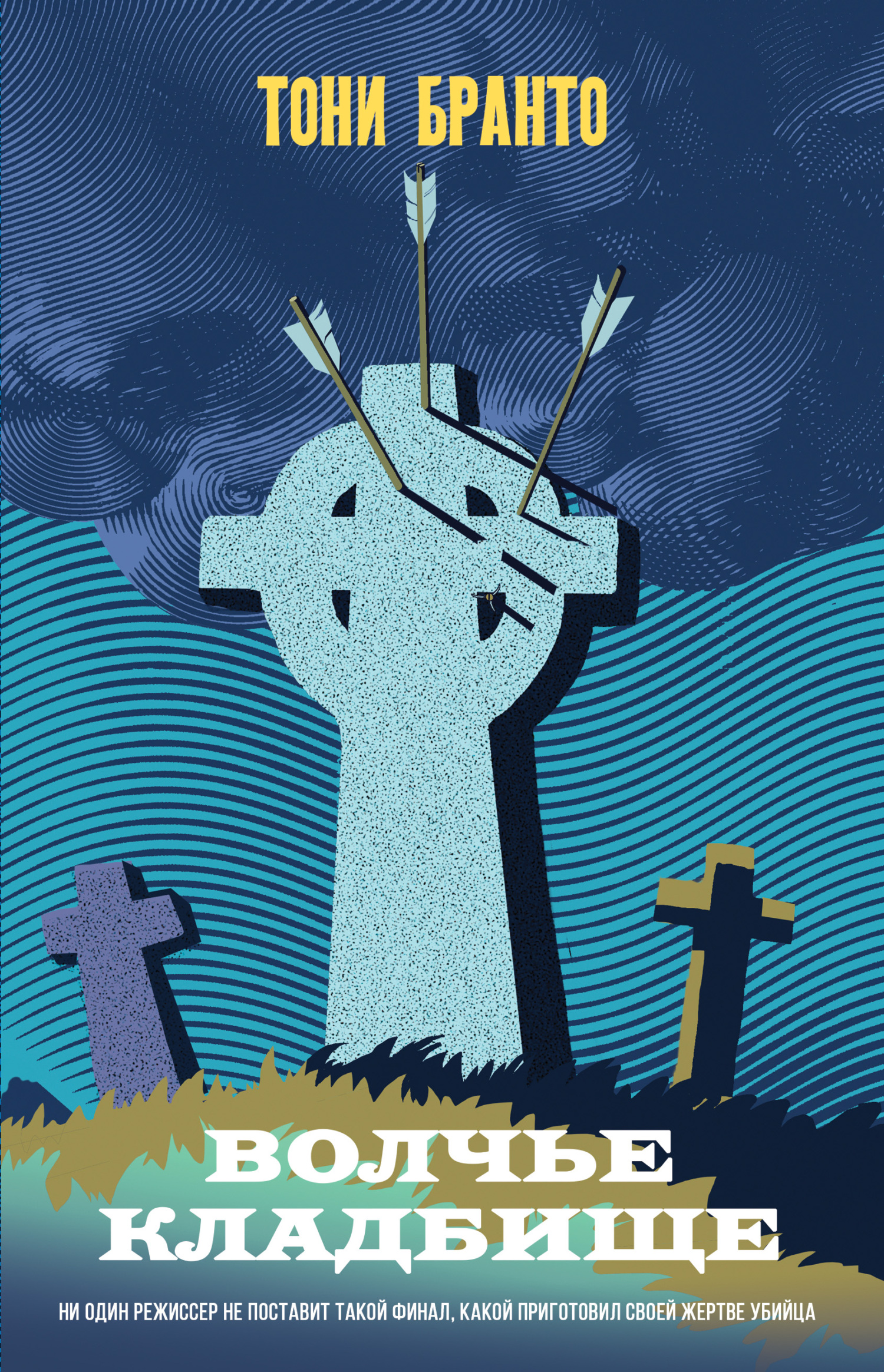
![От Москвы до Берлина[Художник Акишин А. Е.] - Лев Абрамович Кассиль](/uploads/posts/books/8198/8198.jpg)